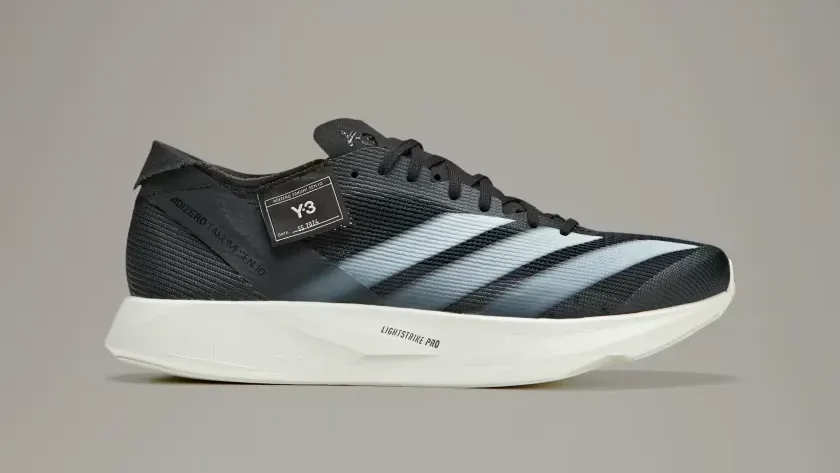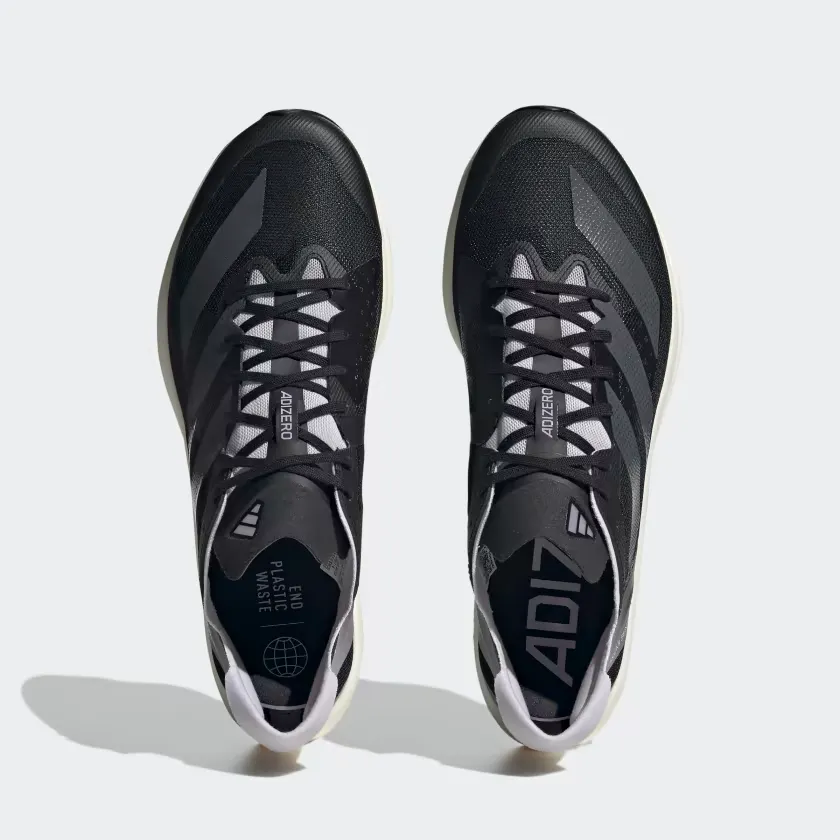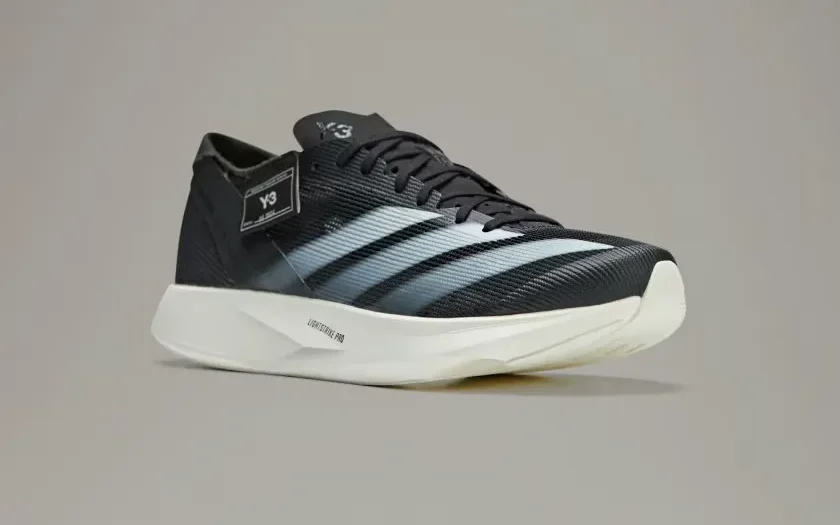For experienced neutral racers and speed demons, the Adidas Takumi Sen line has reached legendary status for churning out PRs on the track and podiums on race day. These racing flats shed every ounce and excess to deliver that quintessential snappy ride – the closer to a spike without actually being one. The Takumi Sen 9, released in 2021, upheld the storied franchise’s legacy as podiatrist beloved, record shattering shoes.
Now the Takumi Sen 10 aims to elevate the pedigree even higher through subtle refinements centered around transitions, fit and durability. But do these micro changes actually improve upon an already fast formula? And how does the latest Sen 10 compare head-to-head versus its beloved predecessor? Read on for an in depth face-off focused purely on identifying differences racers will feel on their feet.
Comparison Table between Adidas Takumi Sen 9 And Takumi Sen 10:
| Feature | Takumi Sen 9 | Takumi Sen 10 |
|---|---|---|
| Launched In | 2021 | 2024 |
| Stability | Neutral | Neutral |
| Flexibility | Flexible | Flexible |
| Sizing | True to size | Narrow in midfoot/heel |
| Weight | 6.6 oz (M), 6.1 oz (W) | 7.1 oz |
| Cushioning | Medium | Medium, firm ride |
| Outsole | Continental® rubber | Continental® rubber |
| Midsole | Lightstrike Pro + ENERGYRODS | Lightstrike Pro + ENERGYRODS |
| Upper | Translucent mesh | Lightweight mesh |
| Retail Price | $180 | $350 |
Features Comparison:
Materials:
The outsole on both feature Continental® rubber with strategically placed traction pads for grip. Underfoot, both utilize the Lightstrike Pro foam and thermoplastic ENERGYRODS plate for a propulsive toe-off.


On the upper, the Takumi Sen 9 features a nearly see-through mesh for ventilation while the Sen 10 uses a different lightweight mesh material that fits narrower.
Durability:
Unfortunately, durability is not a strong suit of either model though the Takumi Sen 10 does improve slightly. Areas of early wear include the heel collar, exposed foam sidewalls and overall midsole compression.
In the Sen 10, enhancements like more heel rubber and polymer spray aim to bolster structural integrity but only marginally.
Fit:
The Takumi Sen 10 differs noticeably from the well-loved true-to-size fit of the Sen 9. The Sen 10 runs half a size short and has a significantly narrower midfoot wrap. For runners with wider feet who prefer wiggle room, the Sen 9 provides a more forgiving anatomical fit.


The midfoot lockdown is secure on both models but the Sen 10 ratchets things up by hugging the arches more tightly which can cause irritation.
Cushioning:
Both utilize Adidas’ Lightstrike Pro foam which delivers a firm, responsive ride. Comparing, our testers noticed the Sen 10 feels slightly softer and bouncier underfoot, likely due to being half an ounce heavier than the ultra-light Sen 9. But neither provide much plushness or impact protection for longer miles.
Stability:
As neutral racing flats designed for efficient runners, the Takumi Sen 9 and 10 forego stability features in favor of all-out speed. The lack of guidance elements like medial posts leaves these best-suited for neutral gaits without overpronation tendencies.
One observed stability advantage in the Sen 10 was the overall closer wrap through the arch and heel enhancing security against foot slide. Still, neither model should be considered by runners needing pronation control or arch support.
Value:
At $180, the Sen 9 is the obvious value buy delivering shockingly similar performance specs as the updated $350 Sen 10. Unless chasing records where marginal gains matter, the more affordable Sen 9 brings the same smile-inducing snap coveted from the Takumi Sen franchise.
Performance Comparison:
Walking:
As racing flats with a slim profile and minimally cushioned midsole, neither model feels ideal for long periods of casual walking. The lack of plush foam, shock absorption and arch support translates to sore, tired feet during extended periods stationary. Better options would include cushioned trainers or shoes specifically designed for workplace comfort.
Running:
Ground contact, transitions, toe-off power – this is where both Sens thrive thanks to the responsive foam and propulsive plate. Our testers did notice slightly smoother transitions and more midfoot security in the Sen 10 during faster running.
But both deliver that prototypical snappy, efficient racing flat ride Adidas loyalists expect from the Takumi franchise.
All Day Standing:
Unfortunately, the sparse Lightstrike Pro cushioning and low profile don’t make either Sen optimal for all day standing comfort. The lack of plush foam, shock absorption and arch support translates to sore, tired feet during extended stationary periods.
Plantar Fasciitis:
For runners dealing with heel and arch pain from plantar fasciitis, neither Sen works well. The minimal cushioning allows heel striking pain to linger undesirably. Both shoes lack ample protective technologies seen in shoes specifically built to combat PF inflammation and support orthotics if needed.
Conclusion:
Harks of the Adidas racing flat lineage, both the Takumi Sen 9 and Sen 10 are speed demons for neutral racers. But at $180, the Sen 9 is the obvious value buy delivering shockingly similar performance specs without the updated $350 price tag.
When testing advances like added heel padding for smoothing transitions or dialed-in arches for controlling pronation, the question becomes – Are these laudable changes actually $170 better?
Unless chasing records or podium spots where marginal gains matter most, the more affordable Sen 9 brings that same kick of adrenaline and smile-inducing snap coveted from the Takumi Sen franchise. Runners invested in this lineage likely already know where their preferences lie. But newer racers should start by testing the Sen 9 and determining if those same thrills justify the costlier Sen 10 ticket.

